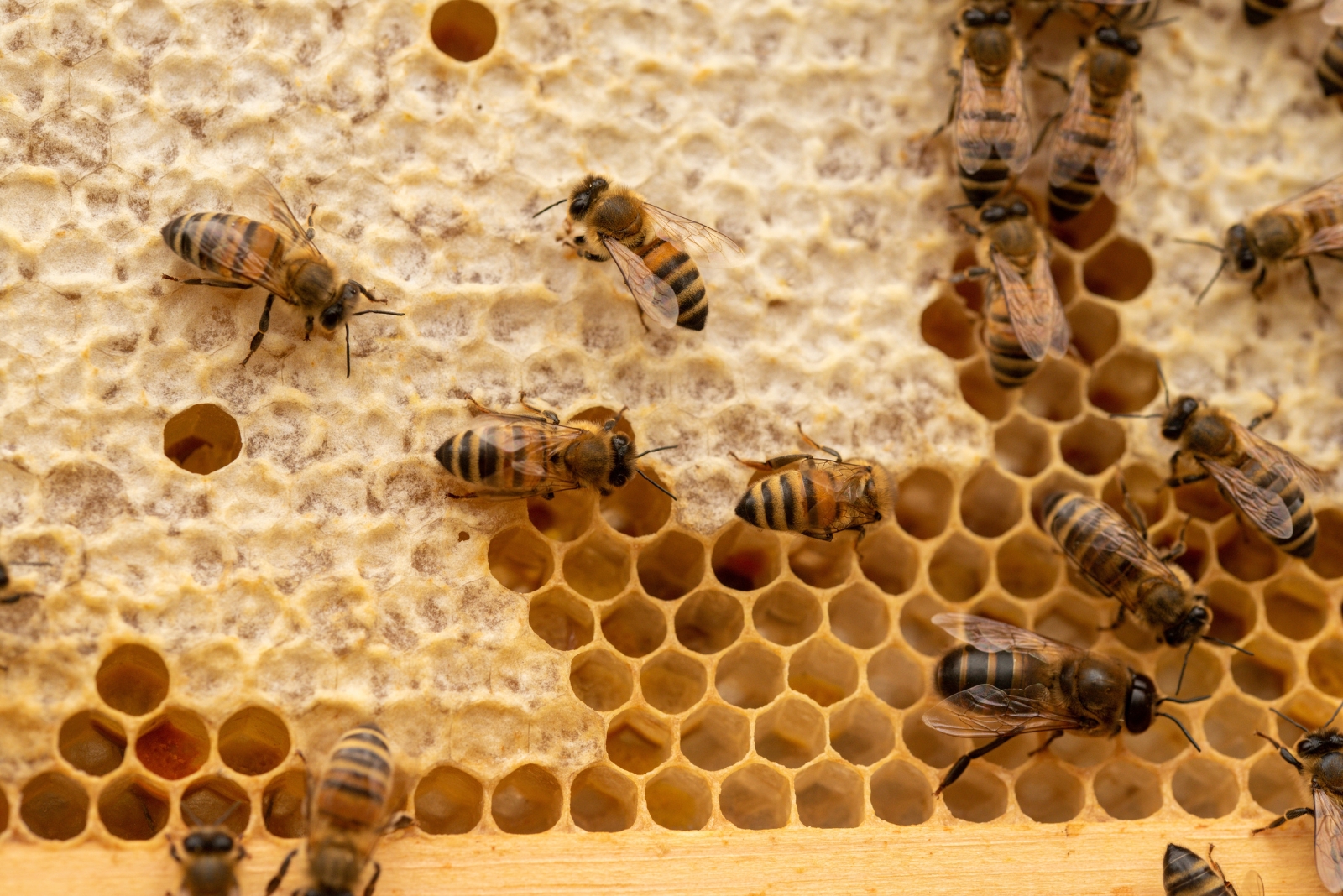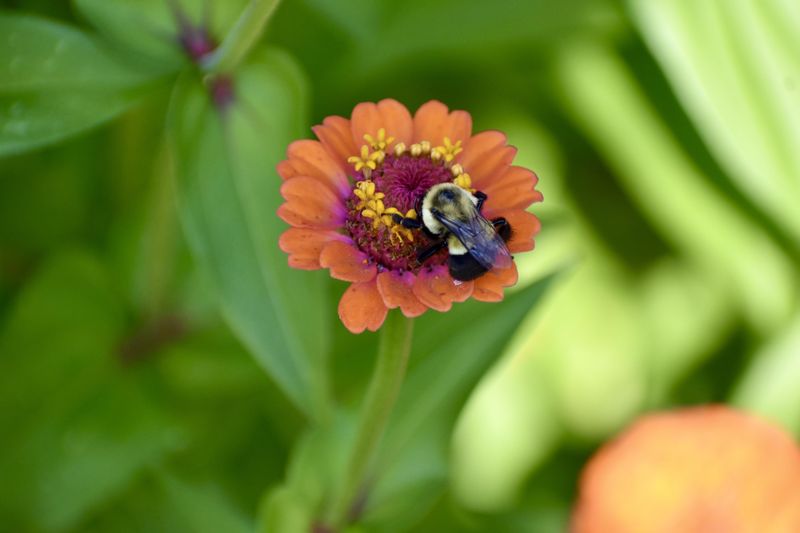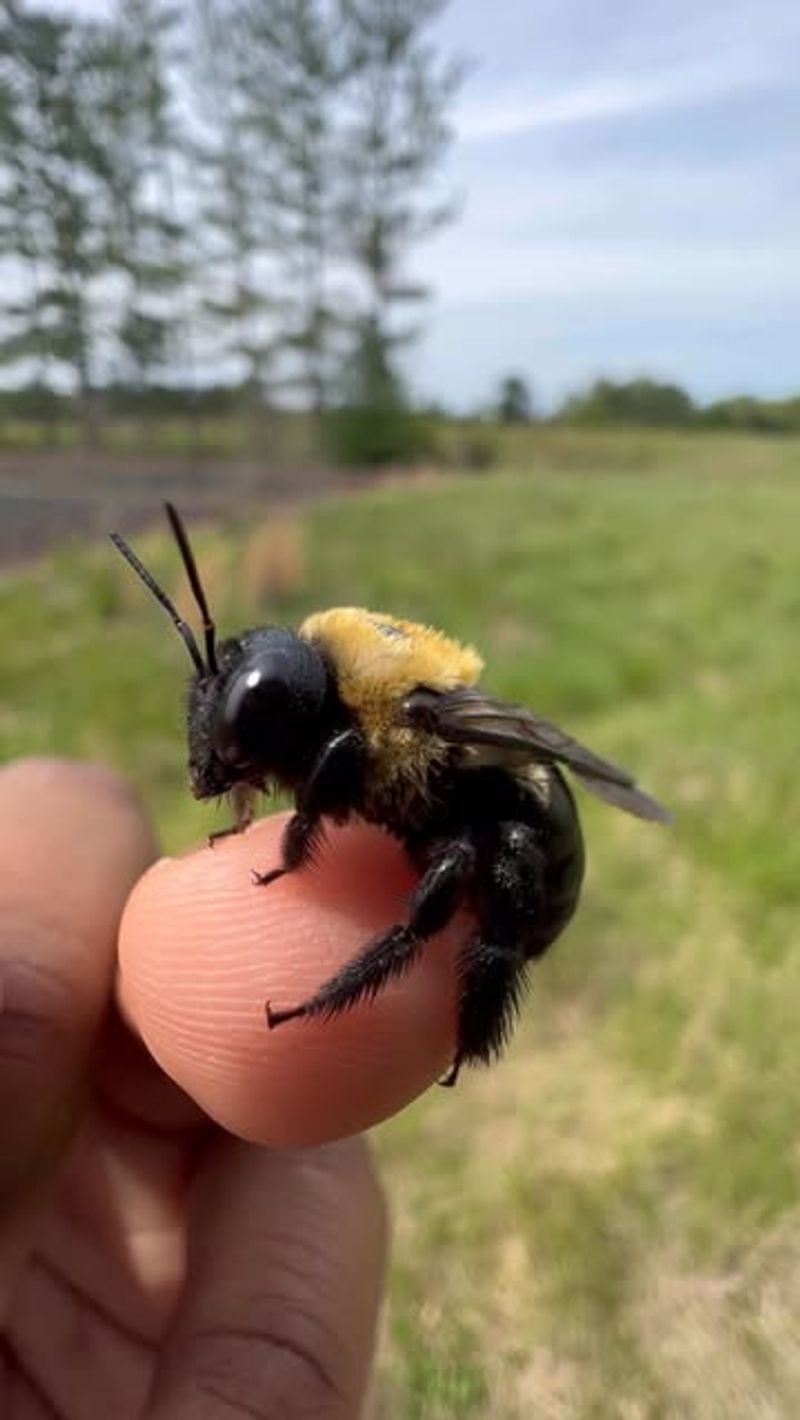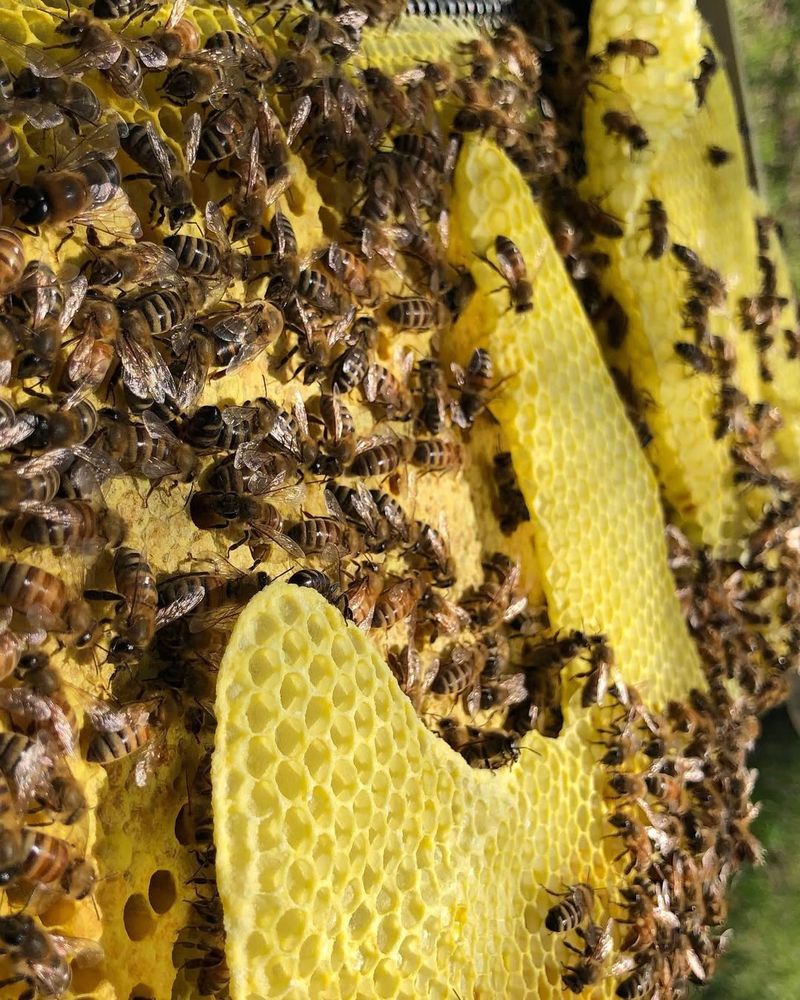Bees are disappearing from many Kentucky gardens, and it’s not just in your imagination. I noticed the drop in my own backyard and wanted to figure out why.
From pesticides to habitat loss, several factors are at play. Understanding these reasons helps you take steps to bring the buzz back.
1. Pesticides and Chemicals Are Harming Bees
Lawn treatments and garden sprays might keep weeds away, but they’re also poisoning the bees that visit your yard. Many homeowners across Kentucky use chemicals without realizing how dangerous they are to pollinators.
Neonicotinoids, a common pesticide type, can confuse bees and damage their ability to find food. Even small amounts build up over time, weakening entire colonies.
Switching to organic gardening methods helps protect these important insects while keeping your plants thriving.
2. Loss of Wildflower Habitats
Wild meadows and flower-filled fields used to cover much of Kentucky, giving bees plenty of food sources. Now, construction projects and expanding neighborhoods have replaced these natural spaces with concrete and grass lawns.
Bees need diverse flowers blooming throughout the seasons to survive. When wildflowers disappear, so does their food supply.
Planting native Kentucky wildflowers like black-eyed Susans and coneflowers in your yard creates mini habitats that support local bee populations beautifully.
3. Climate Change Disrupts Bee Behavior
Unpredictable weather patterns in Kentucky have been throwing off the natural timing between flowers blooming and bees emerging from hibernation. Warmer winters trick bees into waking up too early, before their food is ready.
Sudden cold snaps after warm spells can kill bees that ventured out prematurely. Droughts also reduce the number of flowers available.
Climate shifts create a mismatch that makes survival harder for bee colonies throughout the Bluegrass State.
4. Invasive Pests and Diseases
Varroa mites have become one of the biggest threats to honeybee colonies in Kentucky and beyond. These tiny parasites attach to bees and weaken them by feeding on their blood, spreading viruses in the process.
Other diseases like American foulbrood can wipe out entire hives quickly. Once infected, colonies struggle to recover without human intervention.
Beekeepers work hard to monitor and treat these problems, but wild bee populations have fewer defenses against these invasive threats.
5. Lack of Nesting Sites
Most people think all bees live in hives, but many Kentucky native bees actually nest in the ground or inside hollow plant stems. Modern landscaping practices remove dead wood, clear brush piles, and eliminate the messy spots bees need for homes.
Without safe nesting places, bees can’t reproduce successfully. Perfectly manicured yards leave no room for their natural habits.
Leaving some areas a bit wild with bare soil patches and brush helps solitary bees thrive.
6. Monoculture Farming Reduces Food Variety
Large farms in Kentucky often grow just one or two crops across huge fields, creating food deserts for bees. While crops like soybeans and corn dominate the landscape, they don’t provide the nectar and pollen bees need.
Bees require diverse nutrition from different flower types throughout the growing season. Monoculture means limited options and hungry pollinators.
Supporting farms that plant pollinator strips and diverse crops helps reverse this trend and feeds our buzzing friends better.
7. Light Pollution Confuses Nocturnal Pollinators
Did you know some bee species in Kentucky are active at night? Artificial lights from homes, streetlamps, and businesses disrupt their natural navigation systems and foraging patterns.
Bright lights attract insects away from flowers and exhaust them as they circle endlessly around bulbs. This wasted energy means less time for actual pollination work.
Reducing outdoor lighting or using motion sensors helps nocturnal bees and other pollinators navigate more naturally across the Bluegrass State.








